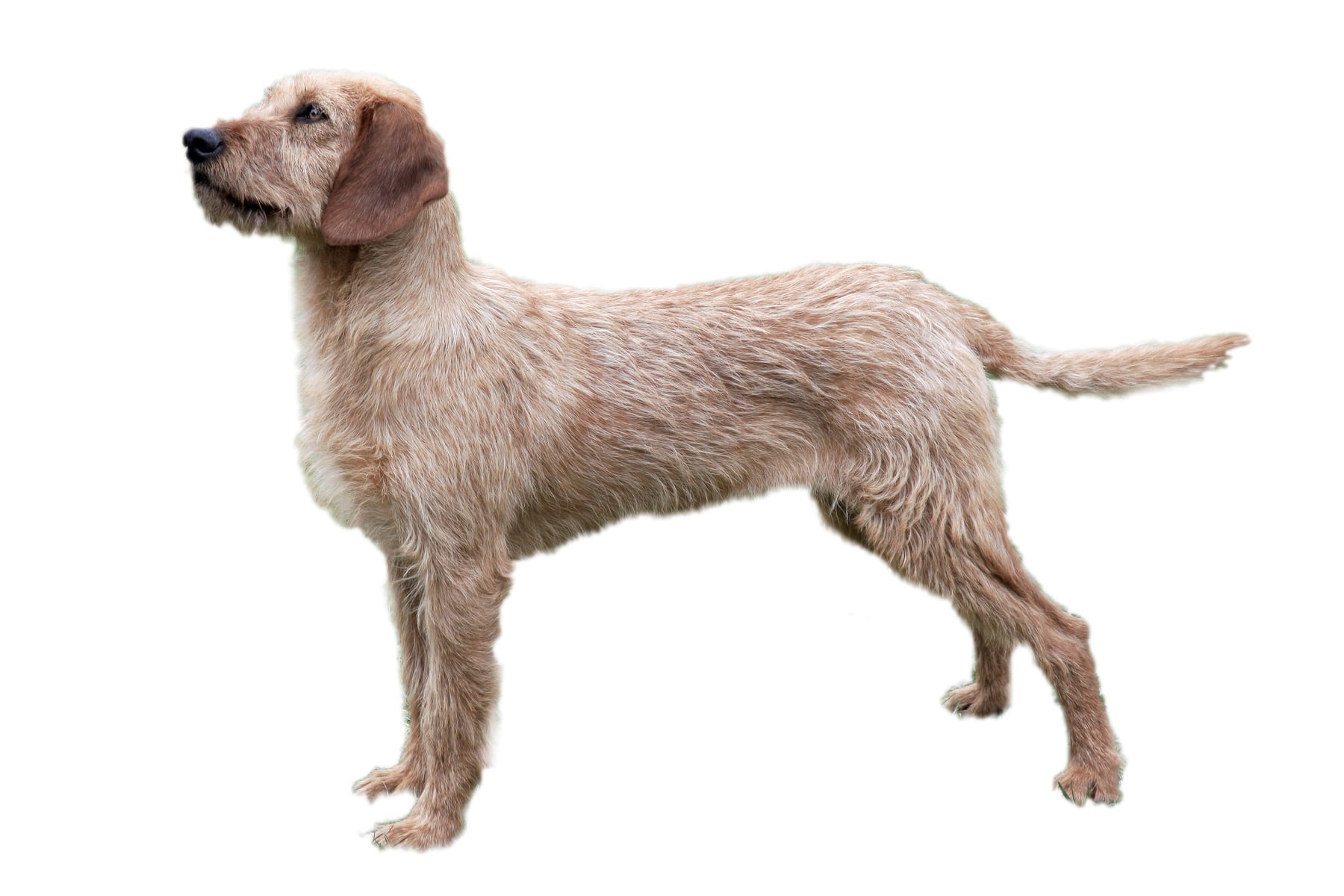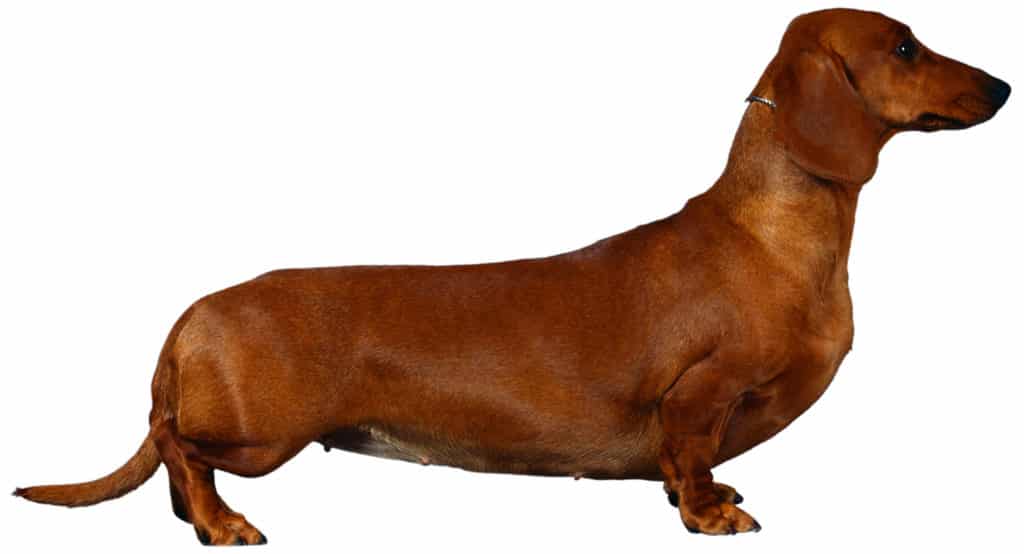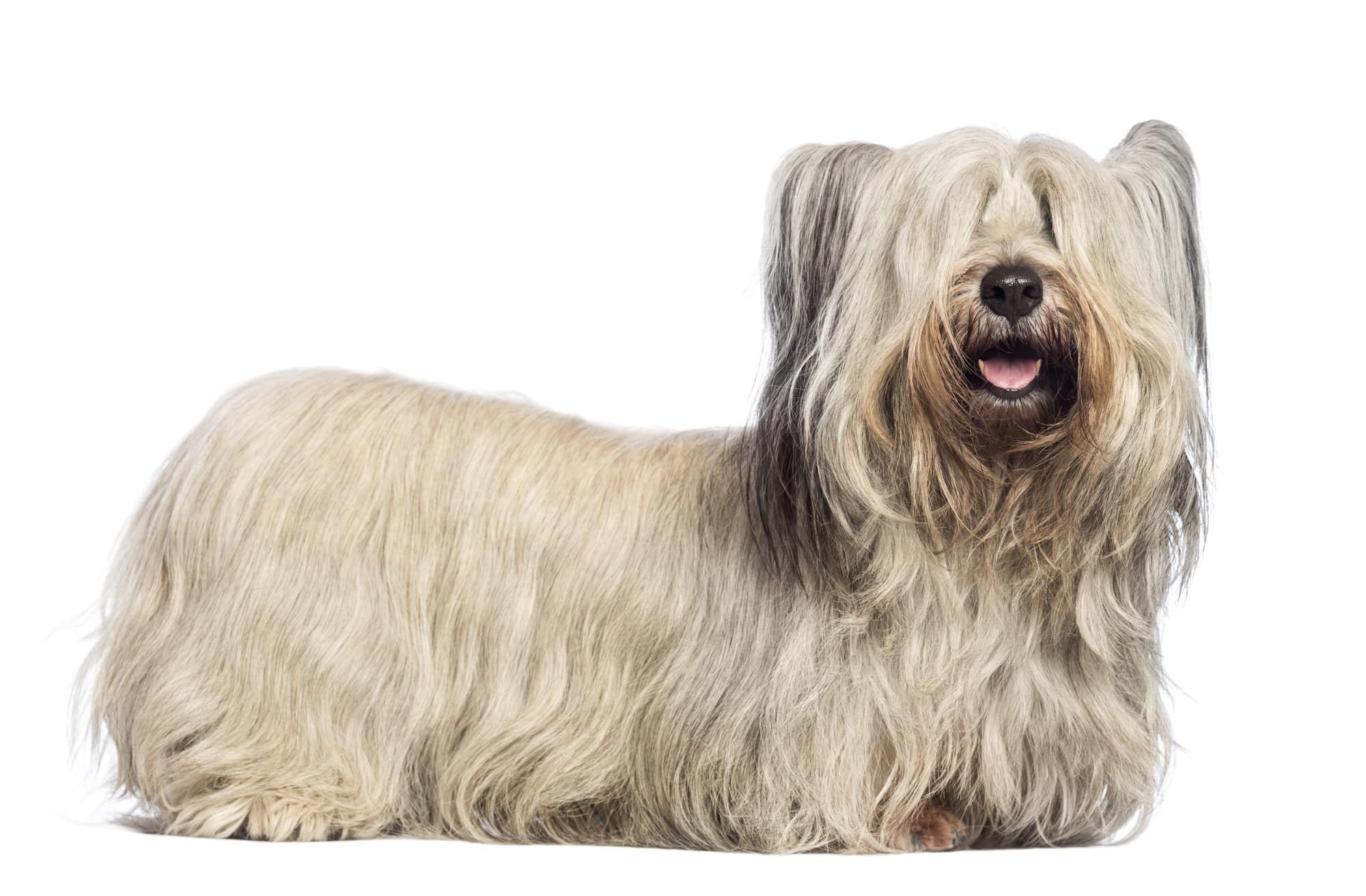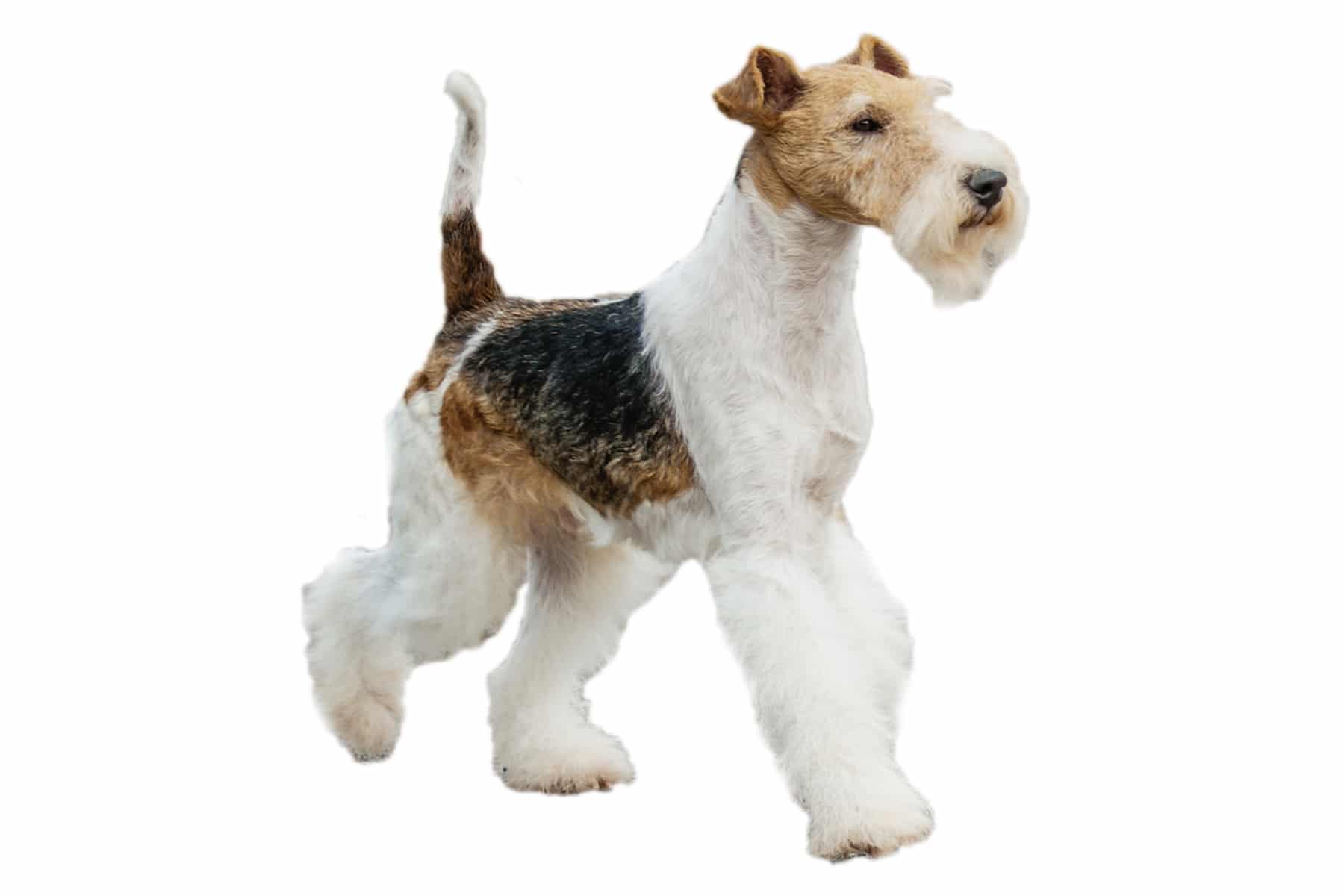Presa Canario
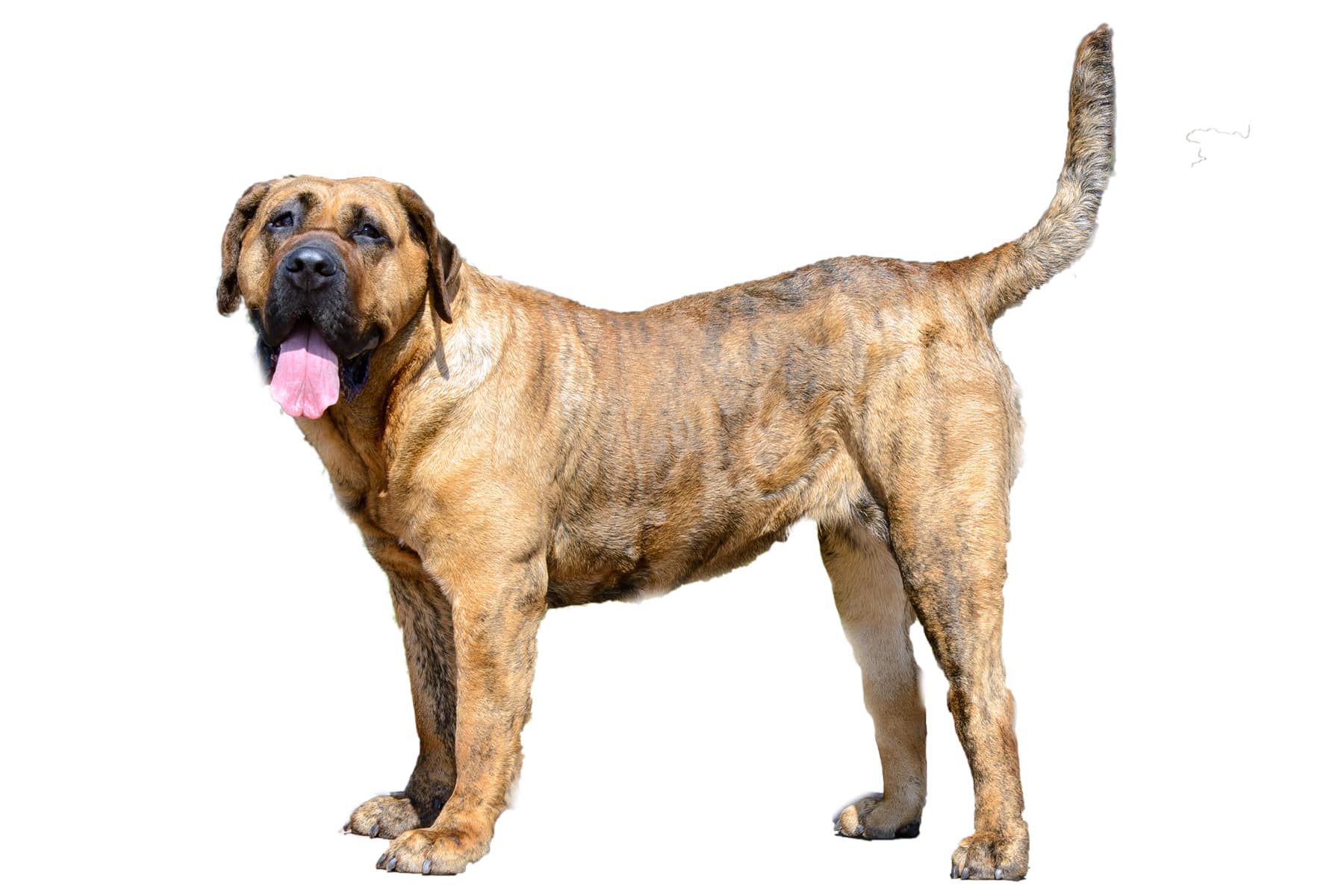
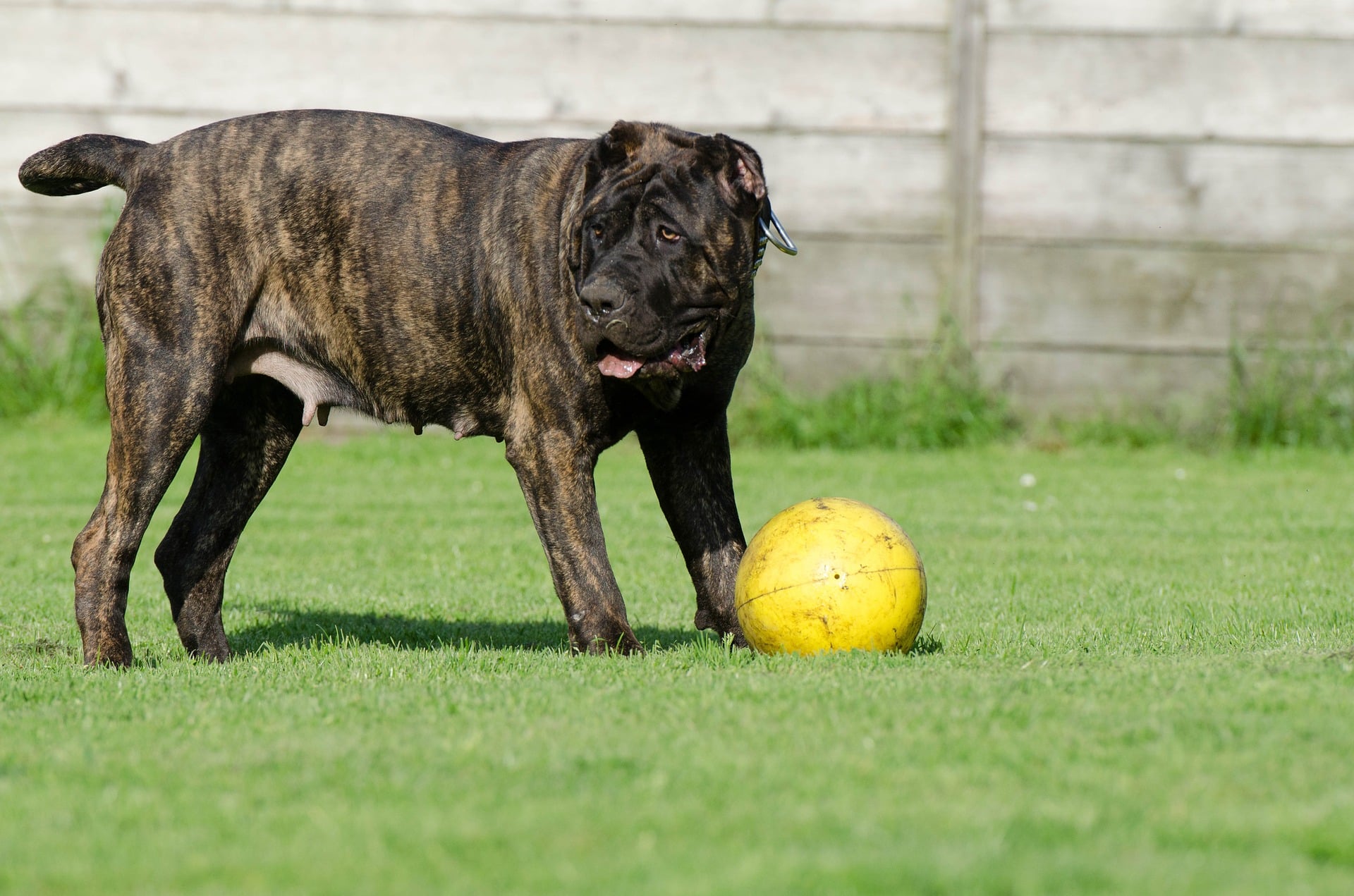
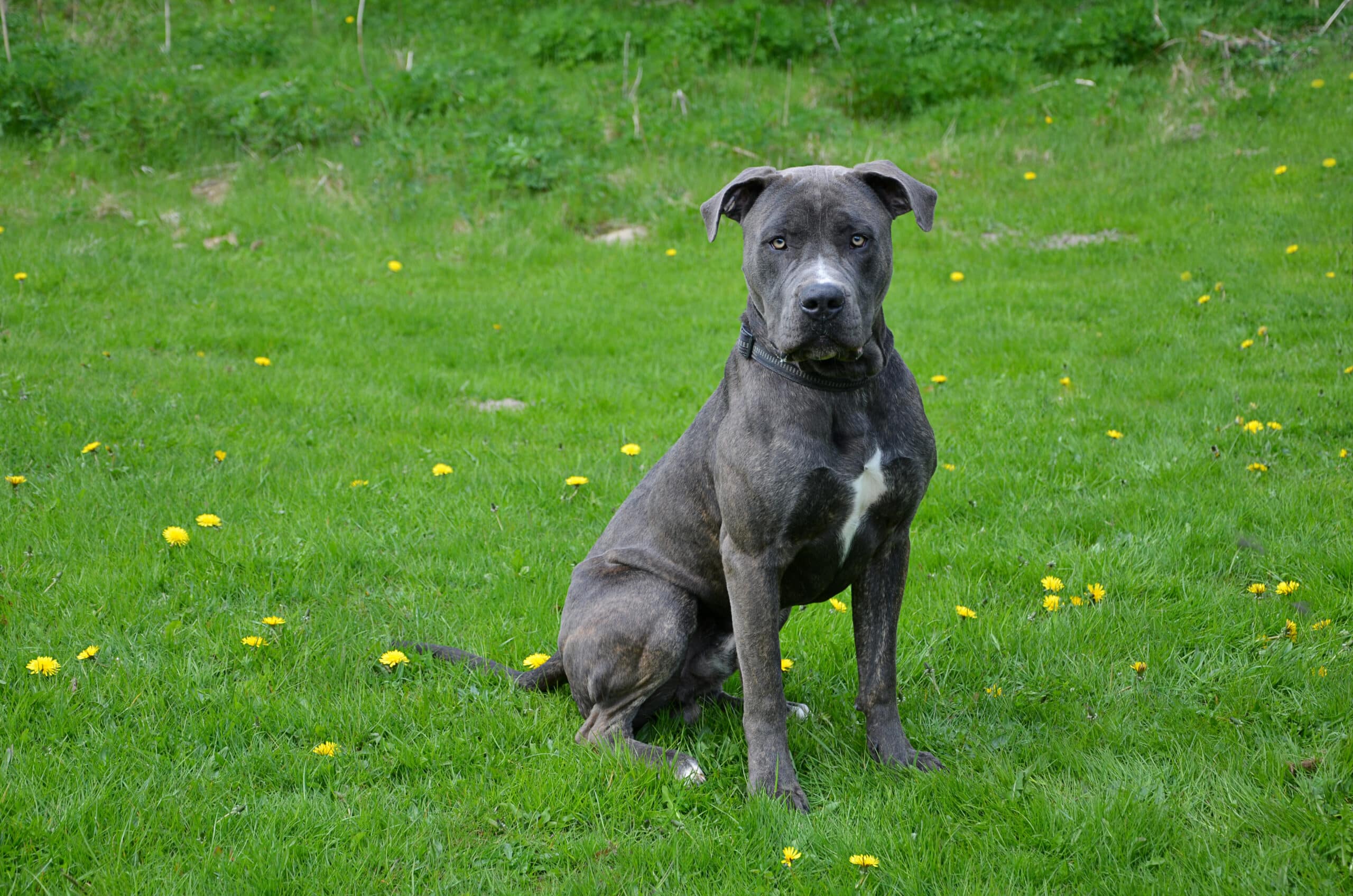
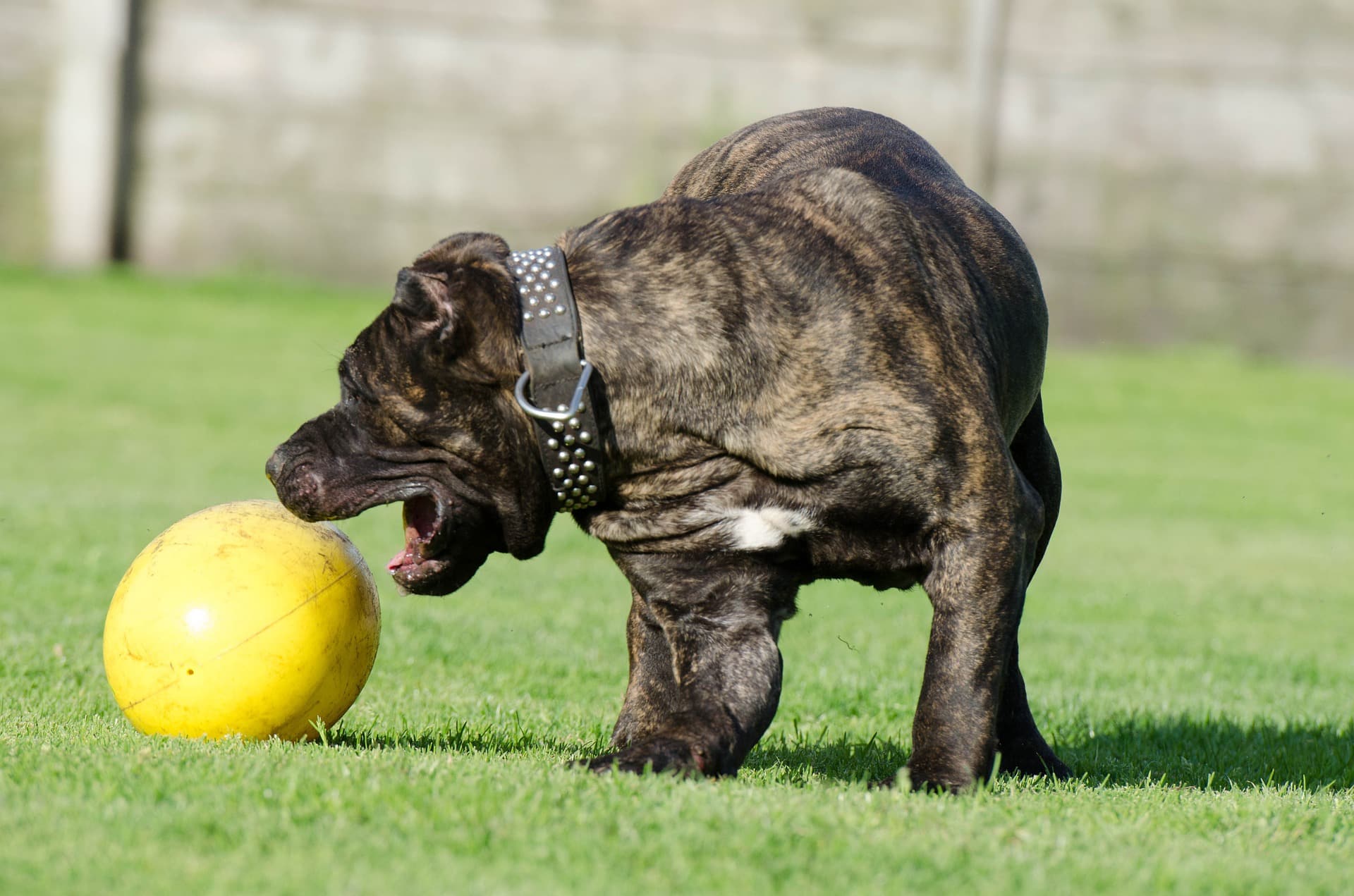
Temperament:
The Presa Canario (formerly Dogo Canario) is a strong, athletic dog and has been a Spanish dog breed recognized by the FCI since 2011. It is also the natural symbol of the island of Gran Canaria. In recent years, interest in this breed has increased considerably.
Characteristics
In appearance, the Presa Canario is a typical Molosser. According to the classification system of the FCI (Fédération Cynologique Internationale), it belongs to the dog-type dogs.
The Presa Canario is a strong and robust dog. Its build is muscular and well proportioned. Males reach a shoulder height of 60 to 66 cm, bitches are slightly smaller at 56 to 60 cm. The weight of the Presa Canario is between 40 and 65 kg. The body length exceeds the height at the withers. This characteristic is more pronounced in bitches than in males. The skull is large and massive, broad and cubic. The dog carries the head only slightly above the height at the withers.
The tail is broad at the base and tapers towards the tip. It does not normally extend beyond the hocks.
In their natural state, the ears are medium-sized and droop. In Spain, cropping the ears is still permitted in some cases. They then point upwards.
The easy-care coat is short, has no undercoat and is smooth to the touch. It has a slight sheen and is rough to the touch. It is very fine and short on the ears and slightly longer on the back and the back of the thighs.
The coat coloration is brindle and occurs in different variations. The colors range from light gray to light blond to dark brown. There are white markings on the chest, throat and base of the neck. The face mask is always black.
Despite its imposing appearance, the Presa Canario is calm and even-tempered. It has a high stimulus threshold. Its pronounced protective instinct makes it a good guard dog. It is also strong-nerved, self-confident and shows its mood directly.
He is friendly and obedient in the family. He fits in well, is docile and loves children. His bond with his owner is strong. He is always good-natured and loyal towards other family members.
The Presa Canario is robust, hardy, easy to care for and undemanding. It rarely barks and has a loud, deep voice. Many Molosser breeds are overbred and often behave lethargically. The Presa Canario, on the other hand, is a lively and active dog.
Coat care:
Shedding:
Energy level:
Trainability:
Children suitable:
The right food
When choosing food, make sure that it contains high-quality ingredients, is balanced and meets your dog's requirements. Age, size or weight, activity and health status play an important role. You should follow the manufacturer's recommendations for the amount of food.
Treats should only be fed in moderation and deducted from the basic diet to avoid obesity.
Puppies can be fed 4-6 times a day. The number of meals should be gradually reduced to 2 per day until the dog is fully grown. A rest period should be observed after meals.
Fresh drinking water should be available at all times.
Health & Care
The Presa Canario is considered an undemanding and low-maintenance dog. Its coat is short and only needs to be brushed occasionally.
The breed generally does not belong in the city and is not suitable for a small apartment. The dogs need plenty of exercise and daily movement. In the countryside, they can live out their urge to move in a species-appropriate way. There are also more opportunities for them to have their own territory, which corresponds to their natural instinct to guard and protect.
Tasks and games are also important for the intelligent and eager-to-learn Presa Canario. With sufficient daily activity, this breed is balanced and calm.
In general, this breed needs consistent training. As a dog owner, you should have experience in dealing with this breed. As the owner, you set the tone and ensure good socialization. Self-confidence and natural authority are important for these dogs, which tend to be dominant and independent.
Even as a puppy, the Presa Canario should know commands and accept you as a leader. To avoid collisions with people or other dogs, he must learn to hold back physically in everyday life.
A visit to a good dog training school is recommended for proper training. With appropriate training, the Presa Canario is also suitable as an assistance or guard dog.
Suitable accessories
In some German federal states, the Presa Canario is on the list of dangerous breeds. There they are subject to a lead and muzzle requirement. Anyone wishing to acquire a Presa Canario should therefore enquire at the public order office to find out what requirements apply.
A well-fitting collar and a suitable lead are important for these strong and powerful dogs. You can also use a chest harness. It exerts less strain on the sensitive neck. Collars, leads and chest harnesses are available in plastic and leather. Plastic is easier to clean and does not become as heavy as leather products when wet.
If muzzling is compulsory, your dog needs a muzzle that fits well and does not get in the way. Drinking and panting must not be restricted by the muzzle. This can lead to circulatory problems, especially in summer. Muzzles are available in plastic or leather.
Dog toys and chewing products are other useful accessories for the Presa Canario. They satisfy his urge to play and chew. They also contribute to dental care. You can also brush your dog's teeth for dental care. You will need a toothpaste and toothbrush for dogs for this.
A dog blanket, dog basket or dog bed are also suitable for sleeping and resting for this frugal breed. These items are also available in suitable sizes for the Presa Canario.
Bowls for water and food must be the right size for the dog.
Other accessories for your dog include tick tweezers, claw clippers, a transport box for transportation in the car and a first aid kit. It's best to ask your vet what should be in the first aid kit.
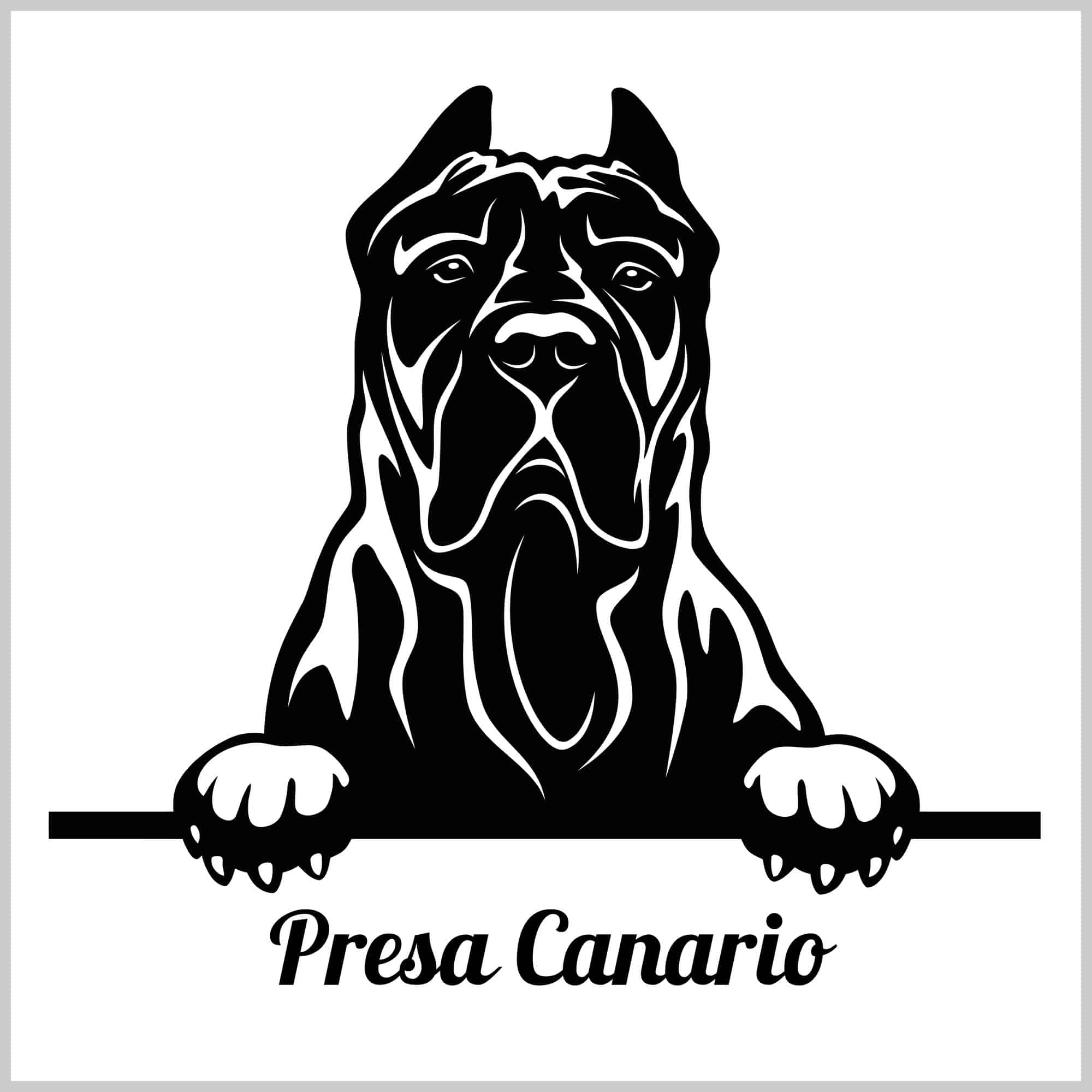
Origin & History
The Spanish Mastiff is the ancestor of the Presa Canario. It was used as a hunting and herding dog for cattle herds as well as a guard and protection dog. The Spanish Mastiff (also known as the Alano) was also used in war. It was also involved in the conquest of South America by the conquistadors in the 16th and 17th centuries.
The Canary Islands were a stopover on the way to the American continent. Many Alanos stayed here. They mixed with the native dogs (Majoreros) and the Presa Canario breed was created.
On the Canary Islands, the Presa Canario was primarily used as a farm and guard dog for livestock. Breeding therefore focused primarily on strong nerves and alertness. In contrast, the breeding goals of combativeness and hunting instinct took a back seat.
In the 1970s, the planned breeding of the Presa Canario began in Spain. It was so popular as a guardian of rural estates that it was declared a natural symbol of the island by the government of Gran Canaria. In the 1980s, breeding associations were founded worldwide and dog shows were organized. This is how the breed became internationally known.
For a long time, however, there was disagreement about the name of the Molosser dog. Dogo Canario, Perro de Presa Canario, Perro de Presa Español, Alano or Canary Mastiff are some of the names.
The Fédération Cynologique Internationale (FCI) officially recognized the breed as Dogo Canario in 2011. At the request of the Spanish association, the breed name was later changed to Presa Canaro.
